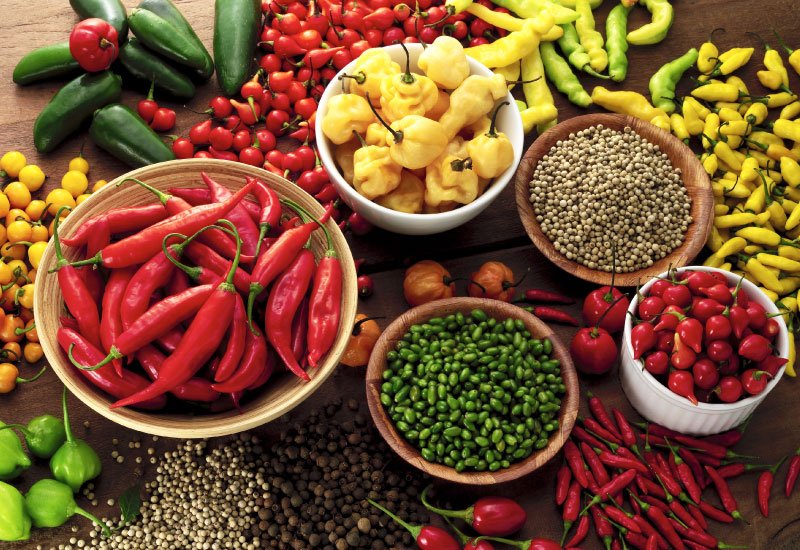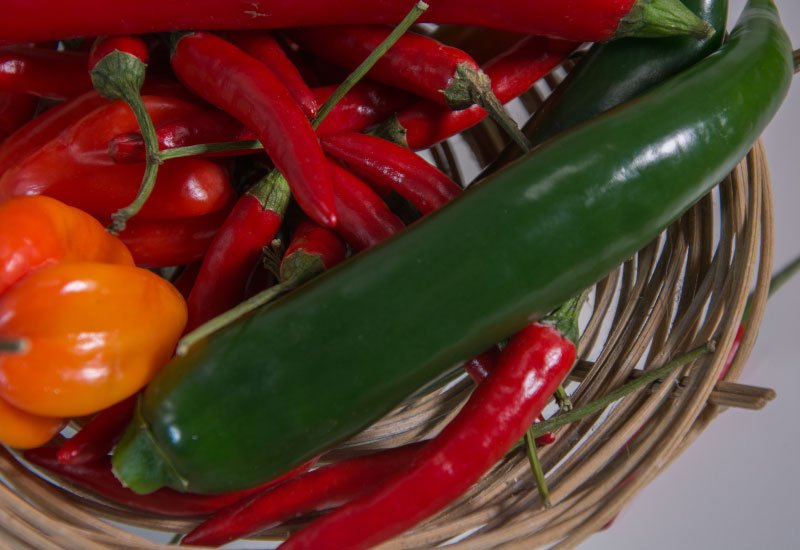
Are you ready to work up some sweat? Ready to give your tongue a little zing or fiery blast? Spicy food is rich in vitamins and minerals such as fiber and vitamin A and also certain compounds that protects you from heart problems. So, if you can stand the heat, you’ll reap the benefits.
Go zesty with garlic. Although its spicy level is no near peppers, garlic adds a little kick when it’s eaten raw. Allicin in garlic gives it that zing and a list of impressive health benefits sch as fighting off the common cold and flu.

Fiery curry packed with heat? Depending on what spices are added in the blends. Many curry powders add cayenne powder in the blend that that may pack some heat which may be fiery to many.
Add the pizzazz in your food with peppers. Capsaicin, the compound that gives spicy food the heat is useful as a pain reliever ad been used to treat certain ailments such as digestive problems, poor appetite and circulatory disorders. The higher the capsaicin content, the spicier it is.
There are many types of chili peppers in the world with different heat levels. However, not all peppers work for all dishes and not all methods of cooking complement them. Here are some of the essential ones we can find in the grocery store.

Bell peppers – unlike its name, it does not contain capsaicin, hence it’s safe for even little kids as it does not contain any heat. It can be sautéed, grilled or even eaten raw with your salad.
Jalapeno – they range from mild to high in heat level, it goes well with nachos, guacamole, salsas and pizzas. Pickle them, eat it fresh or toss them into your salads.
Cayenne – found mostly in grounded form, it is moderate in heat and works well with any dish, even chocolate.
Bird’s eye or chili padi – a chili that is full of flavour and intense heat that’ll send you reaching for a glass of water. Commonly found in many Southeast Asian cuisines, they complement curries, stir-fries, as a dipping sauce and salads.
So, what is your heat level? Can you take the ultimate fire noodle challenge?
